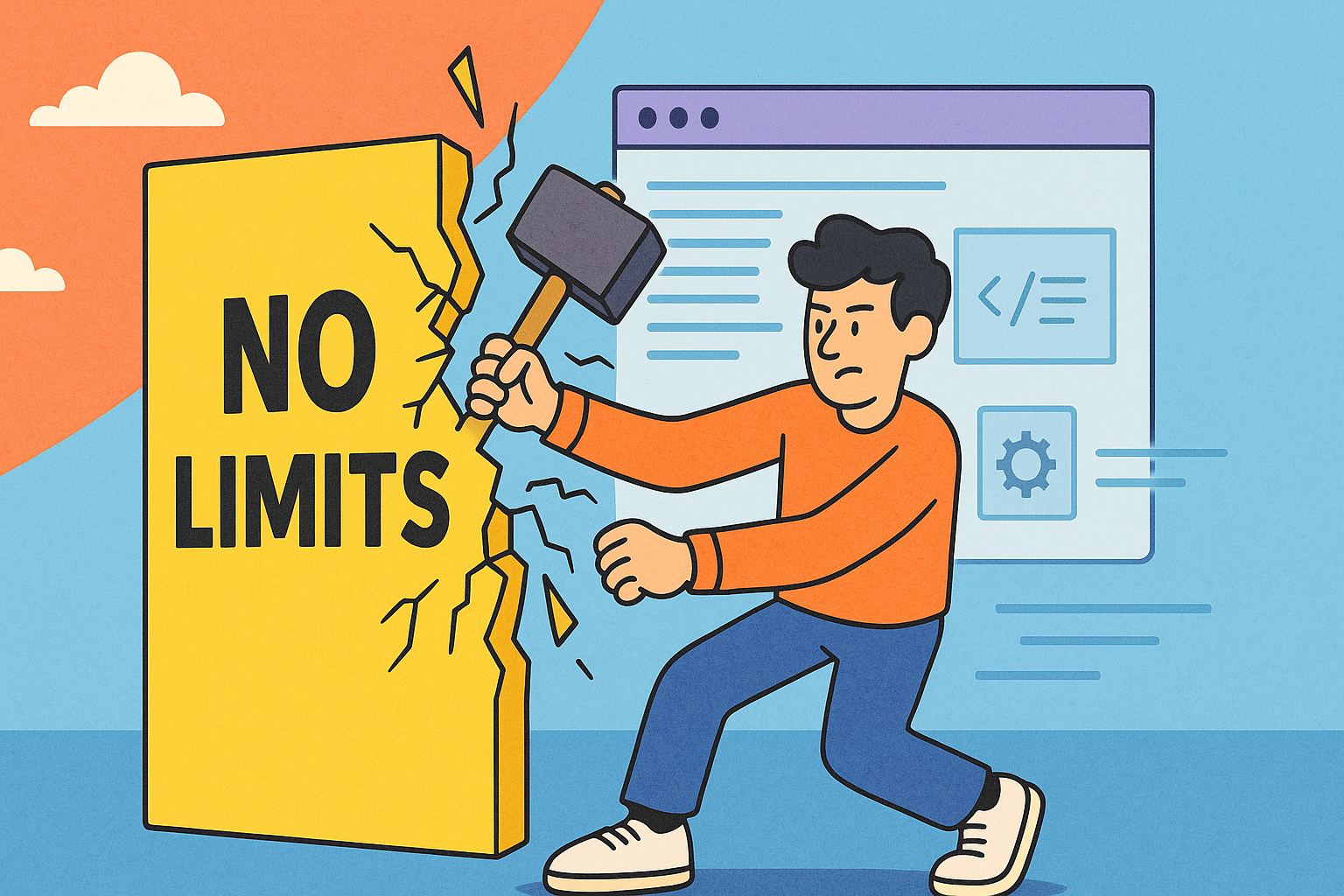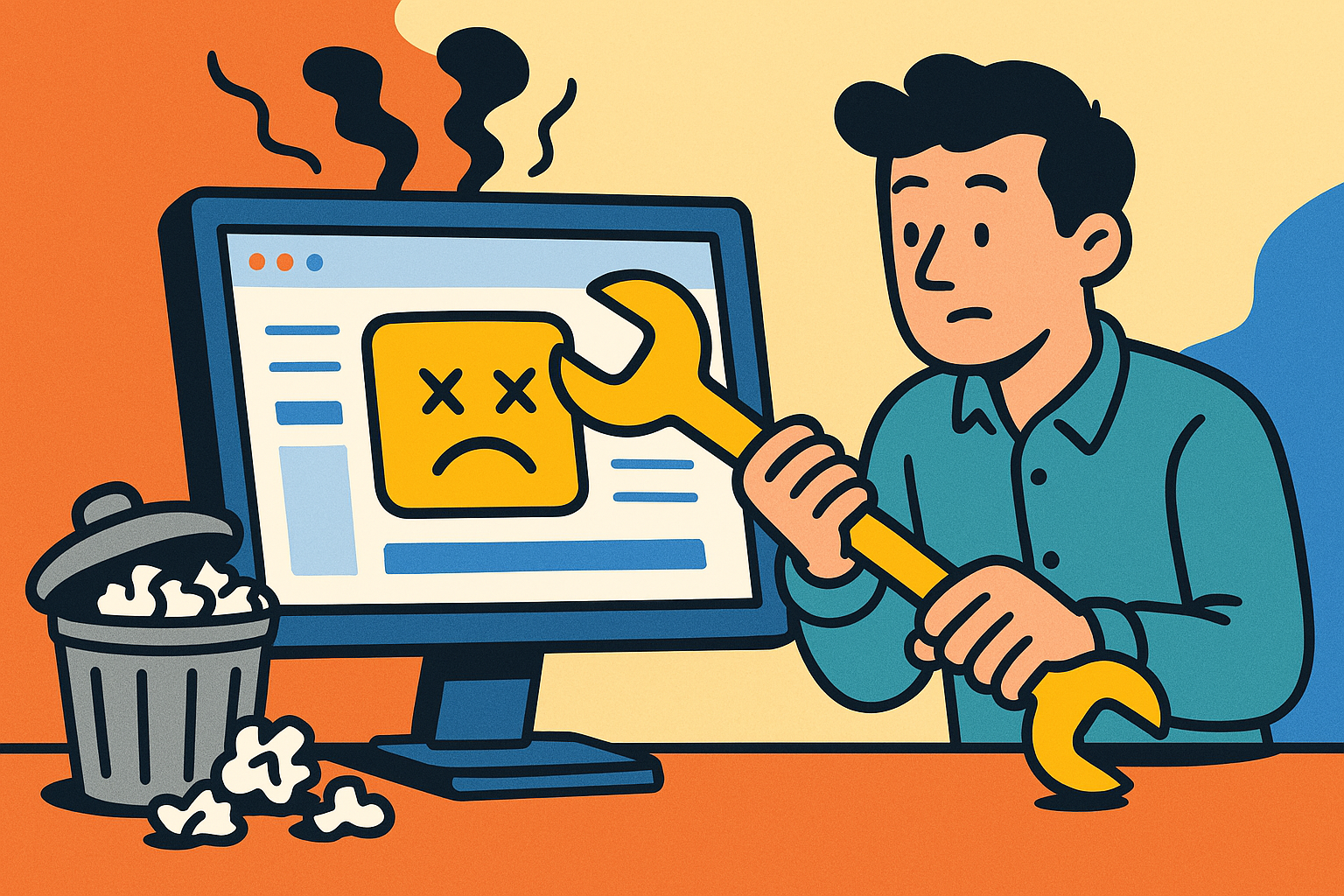Ten years ago, we set out on a mission to build something different. It was 2014, and the company was called Toro Cloud. Our goal was ambitious: to create a low-code platform powerful enough to handle the complex problems enterprises face, but accessible enough that anyone could use it. Over the next decade, that vision shaped everything we did, and what we learned along the way — from our successes and failures — ultimately shaped the platform we have today.
The Early Vision
When we started, the idea of low-code was still emerging. We believed that low-code could revolutionize enterprise integration, making it easier and faster to solve problems that had traditionally required heavy custom development. The vision was to build a low-code integration platform that wasn’t just simple but also flexible and powerful enough for developers to solve complex, enterprise-class problems.
Our first product, Toro Integrate, launched two years later in 2016. At the time, it was just a server runtime with no UI. Looking back, that was probably our first major lesson: developers wanted more. Specifically, they demanded an integrated development environment (IDE) that could pair with the runtime, allowing them to easily manage their integration workflows.
The First Iteration: Bugs and Growth
By 2018, we had released an updated runtime along with an IDE based on Eclipse. However, one major limitation was that the Eclipse framework was designed strictly for desktop, so we needed a completely separate, bespoke web-based IDE to meet the needs of our cloud-first users. It was a step forward but not without its challenges. Our Eclipse-based IDE had its fair share of bugs, and maintaining two separate projects — a desktop and web-based IDE — required considerable effort and resources, creating duplicated work. However, this was an important milestone because it taught us the value of listening to our users. Developers wanted an easy-to-use interface that could handle the complexity of enterprise integration without bogging them down.
In 2019, we resolved many of these early bugs and rebranded the platform as Martini. This rebranding was a critical turning point, as it helped us correct a strategic misstep in calling the product Toro Integrate. That original name had unintentionally pigeonholed the product into the integration space, despite the fact that it was being used for much more, including API creation, automation, and more complex enterprise needs. The new name, Martini, better reflected our broader vision and ongoing development to solve problems beyond integration alone. With Martini, we expanded into creating and consuming APIs, handling a wide range of integration-related challenges, and in the process started earning high praise from developers on product review platforms like G2 and Gartner Peer Reviews.
Expanding the Vision: Bellini and Negroni
As the platform matured, so did the vision. By 2022, we saw the need to support the entire modern application development lifecycle. So, we introduced two new products: Bellini for frontend application development and Negroni for managing data models and schema generation. Now, the platform supported a 3-tier architecture, allowing developers to handle backend services, frontend applications, and data management seamlessly.
At this point, the product range was solid from a technical perspective, but feedback kept coming in: developers wanted more intuitive workflows in Martini. The problem was that building a modern workflow designer in the old Eclipse framework was cumbersome. So, we made the hard decision to do a complete rewrite, moving to Eclipse Theia — a modern framework that builds on top of open-source components in a similar way to VS Code. This change not only dramatically improved the developer experience but also allowed us to consolidate our efforts into a single IDE for both desktop and web, making our development process far more efficient and scalable.
Rethinking Our Approach: From Toro to Lonti
By 2024, it was time for a fresh start. We renamed the company Lonti, a two-syllable name that was easy to remember, unique, and not widely used. One lesson we’d learned was that Toro Cloud was too generic; it easily got lost among other companies with similar names. The name change wasn’t just cosmetic; it marked a shift in how we wanted to approach our market. We had grown frustrated with the traditional enterprise sales model, which dragged us into long demos and high-touch sales cycles. That wasn’t what we set out to do. Our original vision was about accessibility — making enterprise software available to everyone through self-discovery and affordable pricing.
To better align with that vision, we also made a significant change in how we offered the platform. Rather than time-limited demos, we now offer free access, allowing developers to explore the platform at their own pace. Our focus shifted to creating great content that would empower developers to learn and grow with the platform, without needing high-pressure sales tactics to get them there.
What We Got Right - and Wrong
Looking back, it’s clear we made some mistakes along the way. Launching our first product without an IDE, not addressing developer experience issues early enough, and getting pulled into enterprise sales cycles all held us back at different points in time. Naming the company Toro Cloud was also a misstep, as it didn’t stand out in a crowded field. Building separate desktop and web-based IDEs for Martini also proved to be inefficient — requiring two teams and doubling our development effort. Moving to Theia enabled us to consolidate into a single platform that could be deployed to desktop or web, simplifying development and making our product more versatile.
On the other hand, we got a lot right too. We never wavered in our commitment to building a platform that could handle the complexity of enterprise problems. We expanded our product suite thoughtfully, adding Bellini and Negroni to complete the vision. And, most importantly, we’ve built a loyal community of professional developers who believe in what we’re doing.
What's Next
Today, Lonti is a brand that reflects everything we’ve learned over the past decade. We’re committed to serving the professional developer community, and we’re doing things differently. No more time-limited demos. No more enterprise sales distractions. Just great tools, open access, and a focus on self-discovery.
We’re excited for what’s next, and we hope you’ll be part of the journey.
After all, this platform was built for you.
 is now
is now


